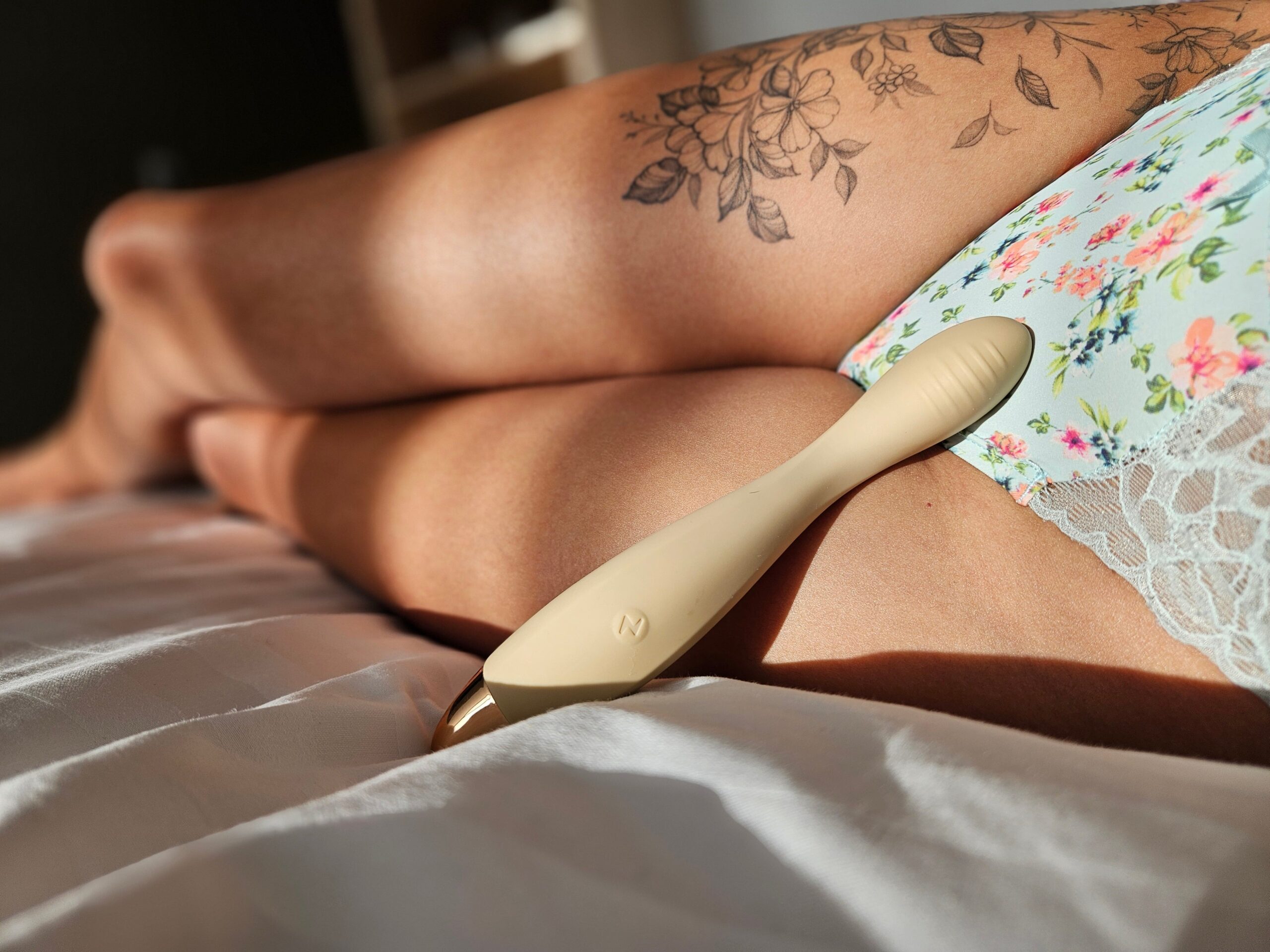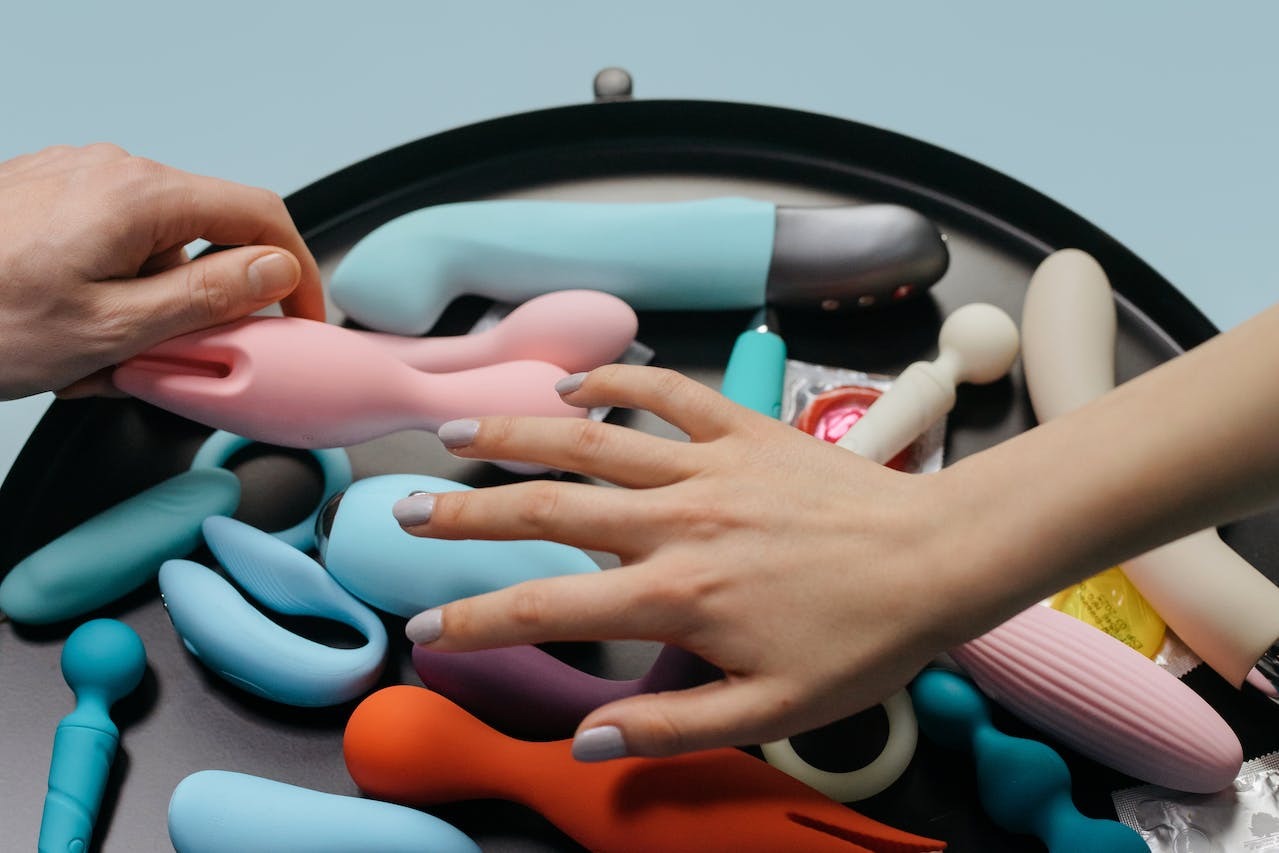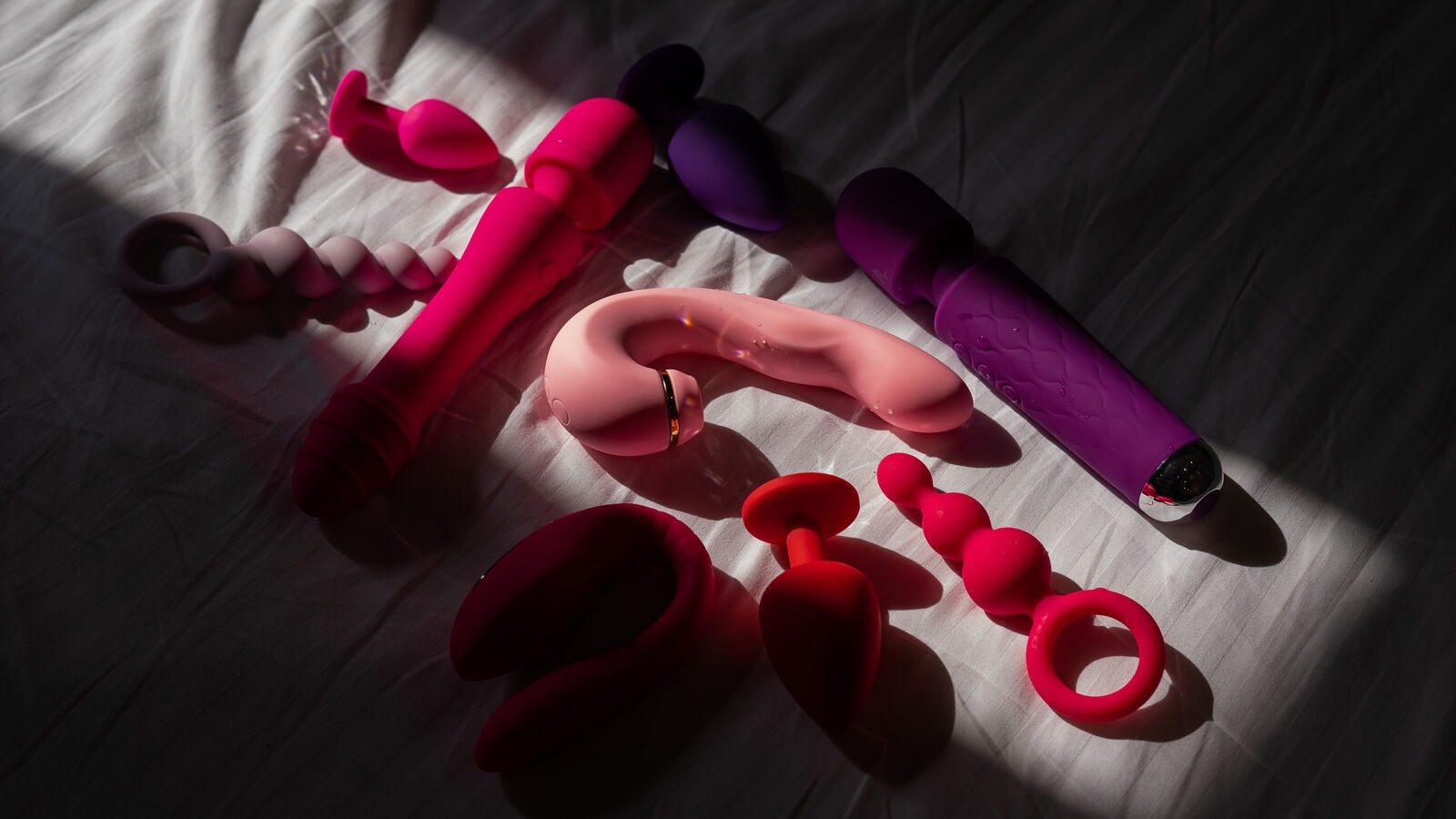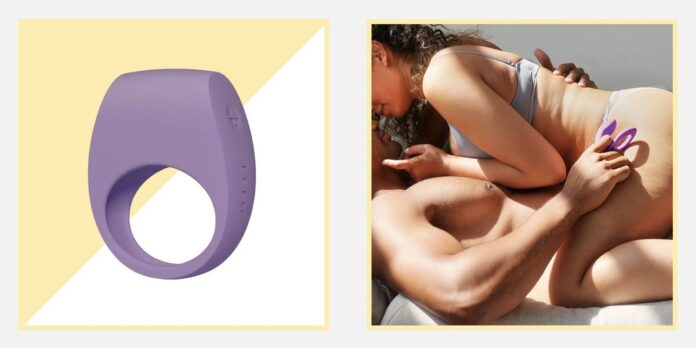Intimacy thrives on curiosity, trust, and play. Many couples feel stuck in predictable routines, emotionally close but sexually uninspired. Introducing adult toys isn’t a sign of a failing connection. It signals a desire for more depth, more pleasure, and more honesty.
Still, hesitation is common. Some fear embarrassment. Others don’t know where to start or how to talk about it. The question isn’t whether it’s right for everyone. The question is simple: are both partners curious enough to explore?
Key Points:
- Curiosity often signals readiness for new experiences.
- Toys can support both emotional and physical intimacy.
- Communication must come before any new addition.
- Shame, fear, or discomfort deserve open conversation.
- Safe, high-quality options matter more than novelty.
Sexual Curiosity Isn’t a Crisis

When couples talk about toys, some worry it means something’s wrong. That’s false. Healthy desire evolves. Physical needs shift. New tools help express that growth.
Sexual curiosity isn’t a sign of disconnection. It often means the bond is strong enough to hold more. People crave more variety, more intensity, or just something new. That doesn’t always come naturally. Tools help.
It starts with honesty. Most couples skip this part. One avoids the conversation. The other assumes there’s no interest. But most hesitation isn’t about the toy. It’s about fear of being judged. That fear blocks growth.
Curiosity deserves space. Not pressure. Not performance. Just curiosity.
Choosing a Toy Together Builds Trust
Picking the right item can feel overwhelming. Many get stuck browsing categories they don’t understand. The trick isn’t choosing the most popular model. The key is co-creating the experience.
Partners can explore together:
- Talk through fantasies.
- Set boundaries and preferences.
- Explore products made for shared use.
The goal isn’t to solve a problem. It’s to build connection. Even the act of choosing deepens communication.
The right tool depends on comfort and chemistry. External vibrators often work well for first-time users. Many couples also find pleasure with dual stimulators, like rabbit vibrators. These offer both clitoral and internal stimulation, designed for her pleasure but often enjoyed together.
The Rabbit Company offers a wide range with elegant design, waterproof options, and couple-friendly kits. Their warranty and product variety also ease the buying process.
Communication Before Anything Else
Before introducing any object into sex, talk. Silence causes assumptions. That leads to disappointment.
Here are five conversation starters:
- “Have you ever been curious about adding anything new to our intimacy?”
- “What kind of sensations or ideas have turned you on lately?”
- “Would you feel open to trying something just once and then deciding together how it felt?”
- “Is there anything you’ve always wanted to try but didn’t know how to bring up?”
- “Can we pick something out together, just for fun?”
Talk early. Not in the bedroom. Not mid-act. Not when one partner feels pressure. Casual environments encourage more safety and less performance.
Give space. One partner may feel excited. The other may feel unsure. That doesn’t mean no. It means pause, breathe, then come back to the idea later.
Let Go of Guilt and Shame

Pleasure isn’t dirty. The body is not a battleground. Still, many carry guilt around desire. Childhood messaging. Religious dogma. Cultural silence. All of it lingers.
Guilt silences curiosity. Shame kills confidence. Neither has a place in a connected bedroom.
Emotional safety must come first. That doesn’t mean every idea gets a yes. It means every feeling deserves attention. If either partner grew up in a household where sex felt taboo or secretive, slow steps matter.
Support matters too. Read books. Watch ethical tutorials. Talk with professionals. Shame dissolves when knowledge replaces secrecy.
Try First, Decide Later
Fantasy doesn’t always match reality. A tool might seem exciting but fall flat. That’s okay. One toy doesn’t define the whole experience.
Give yourselves freedom to experiment. Try once. Then talk. Try again. Adjust. Don’t expect perfection.
A useful checklist before trying something new:
- Have we both agreed without pressure?
- Are we both emotionally grounded today?
- Is the environment distraction-free?
- Have we set a no-judgment rule?
- Are we prepared to stop if either one says so?
Sexual discovery works best with patience. Focus less on outcome. Focus more on presence.
Not Just for Her or Him
Too many products target only one partner. That splits the experience. Shared pleasure works better.
Consider tools designed with both partners in mind:
- C-rings for mutual stimulation.
- Wand massagers that offer deep muscle release.
- Mini vibrators used during intercourse.
A couple doesn’t need a massive collection. One or two quality items can shift dynamics. Variety often leads to better focus, not chaos.
The goal isn’t to replace touch. It’s to enhance what already works.
Safety Comes Before Sensation

Never ignore health or safety. Bodies deserve protection, not just stimulation. Avoid low-quality materials. Stay away from products with unknown ingredients.
Tips for smart selection:
- Only buy from trusted, certified brands.
- Choose medical-grade silicone or ABS plastic.
- Avoid porous materials that can trap bacteria.
Cleaning matters too. Use warm water and a mild cleanser. Dry items completely. Store in clean, dry spaces. Some items come with cases for that reason.
Also, never share between partners without protection. Hygiene matters just as much as consent.
Boosts Confidence, Not Pressure
Sexual confidence often rises when curiosity meets safety. Partners who feel seen, heard, and desired become more open.
But no one should feel pressured. The goal isn’t to “level up” the bedroom. It’s to create new pathways to pleasure. Not every couple benefits in the same way.
Confidence grows when:
- Partners validate each other’s desires.
- No idea feels off-limits.
- Feedback is welcomed, not avoided.
Increased pleasure often leads to more communication in other areas. The ripple effect is real.
When It’s Not the Right Time
Sometimes, one or both partners don’t feel ready. That deserves respect. Timing matters.
Signs it may not be the right time:
- Recent trust issues.
- Emotional disconnect.
- Fear of judgment outweighs curiosity.
- One partner feels pressured.
The solution isn’t to force an experience. Build trust first. Reconnect emotionally. Then revisit the idea later.
No act can fix disconnection. Intimacy builds on safety, not novelty.
Explore Without Expectations

Pleasure doesn’t need an agenda. Not every night needs fireworks. Some moments just need presence.
Explore slowly. Try holding the item together. Use it externally first. Laugh if it feels awkward. That’s okay. Awkwardness often signals courage.
Let go of performance. Let go of pressure. Focus on sensation.
No one becomes an expert in one session. That’s the beauty. Each attempt offers something new to learn.
Final Word
Introducing toys is never about “fixing” anything. It’s about more choice. More voice. More honesty.
Couples who thrive long-term often keep their sex lives flexible, not perfect. They value pleasure, but they also value the conversations that come with it.
Intimacy asks for care. That care shows up through open questions, shared effort, and the courage to try.
Start small. Stay curious. Let each new choice open a new door.




